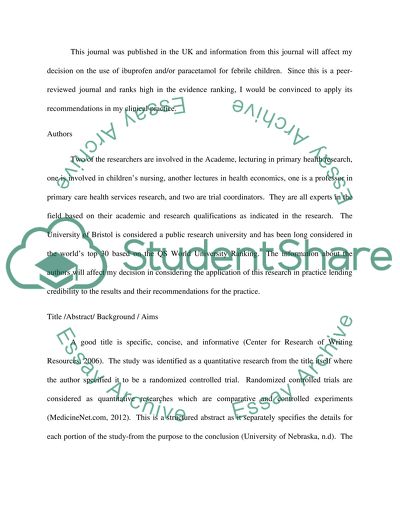Cite this document
(“Paracetamol plus ibuprofen Research Paper Example | Topics and Well Written Essays - 1500 words”, n.d.)
Paracetamol plus ibuprofen Research Paper Example | Topics and Well Written Essays - 1500 words. Retrieved from https://studentshare.org/miscellaneous/1600087-paracetamol-plus-ibuprofen
Paracetamol plus ibuprofen Research Paper Example | Topics and Well Written Essays - 1500 words. Retrieved from https://studentshare.org/miscellaneous/1600087-paracetamol-plus-ibuprofen
(Paracetamol Plus Ibuprofen Research Paper Example | Topics and Well Written Essays - 1500 Words)
Paracetamol Plus Ibuprofen Research Paper Example | Topics and Well Written Essays - 1500 Words. https://studentshare.org/miscellaneous/1600087-paracetamol-plus-ibuprofen.
Paracetamol Plus Ibuprofen Research Paper Example | Topics and Well Written Essays - 1500 Words. https://studentshare.org/miscellaneous/1600087-paracetamol-plus-ibuprofen.
“Paracetamol Plus Ibuprofen Research Paper Example | Topics and Well Written Essays - 1500 Words”, n.d. https://studentshare.org/miscellaneous/1600087-paracetamol-plus-ibuprofen.


